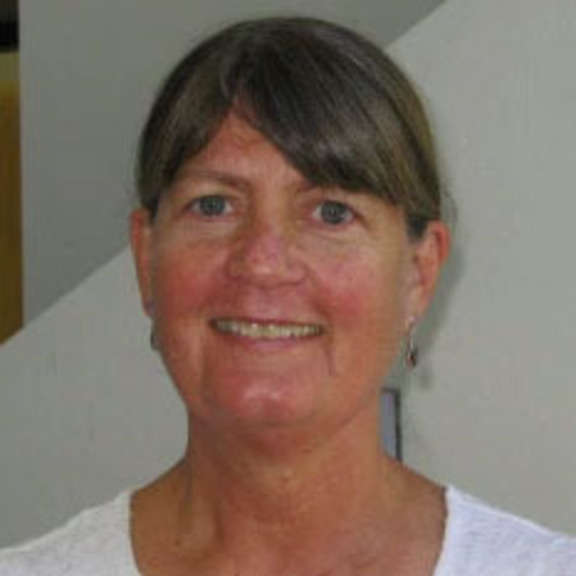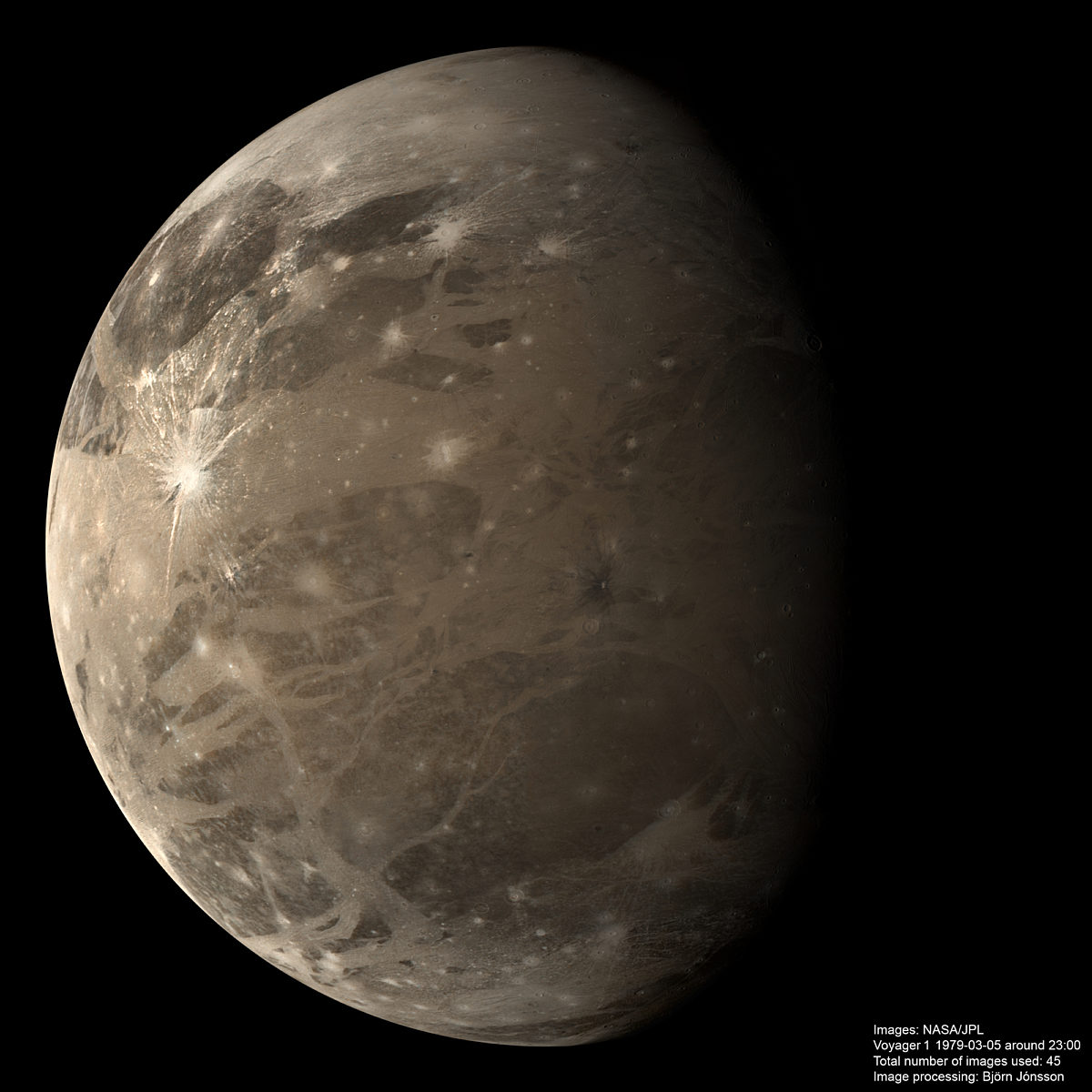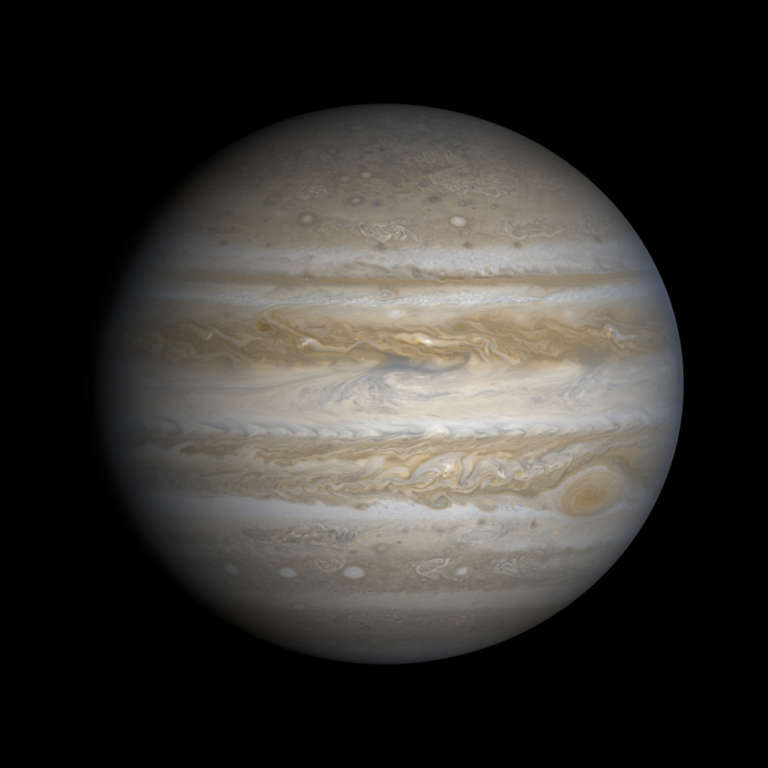
Candice Hansen
Senior Scientist, Planetary Science Institute
Dr. Candice "Candy" Hansen is a Senior Scientist with the Planetary Science Institute. is interested in the seasonal behavior of volatiles not on Earth, atmospheres in vapor pressure equilibrium with surface ices (Triton, Pluto, KBO's), seasonal polar caps (Mars), erosional processes due to dry ice sublimation (Mars), outer planet satellites' tenuous atmospheres (Europa), and the plumes of Enceladus.
Dr. Hansen earned a Bachelor of Science in Physics from California State University, Fullerton, in 1976. The next year she began work at JPL, joining the Voyager Imaging Team as assistant experiment representative. Her task was to design the camera image acquisition sequences for every satellite flyby that occurred during Voyagers' encounters with Jupiter, Saturn, Uranus and Neptune. The Voyager encounters provided milestones marking many events in her life. From 1981 to 1984, the long cruise period between the Saturn and Uranus encounters, she worked at the German Space Operations Center in Oberpfaffenhofen. She worked on the Ion Release Module, the German portion of the Active Magnetospheric Particle Tracer Explorer, a multinational Earth orbiting mission designed to study the Earth's magnetosphere. After Voyager’s Uranus flyby she returned to graduate school at UCLA in 1987. In 1989, in the midst of preparing for the Neptune encounter, she finished her Master of Science in planetary physics and in 1994 completed her doctorate in Earth and Space Science, also at UCLA. Her dissertation included a thermal model of Triton's nitrogen frost and atmosphere, based on data acquired by Voyager during the 1989 Neptune encounter. She has also applied the thermal model to Pluto and other Kuiper Belt Objects. In 1990 Dr. Hansen began working on the Cassini mission to Saturn with the Ultraviolet Imaging Spectrograph (UVIS) investigation team, responsible for planning and analyzing icy satellite data. She is still a UVIS Co-Investigator as the Cassini project executes its extended mission phase. Her current research activity is studying Enceladus’ water vapor plume. Dr. Hansen is also currently the Deputy Principal Investigator for the High Resolution Imaging Science Experiment (HiRISE) on the Mars Reconnaissance Orbiter. Her area of interest is studying the seasonal CO2 polar cap of Mars. She continues to pursue that interest as a Co-Investigator on the High resolution Stereo and Color Imager (HiSCI) being built to fly on the Mars Trace Gas Orbiter that will launch in 2016. As a Co-Investigator on the Juno mission to Jupiter, launching in 2011, Dr. Hansen is responsible for the development and operation of the JunoCam outreach camera that will engage the public in planning images of Jupiter. Dr. Hansen retired from JPL in 2010 but continues in all her endeavors under the auspices of the Planetary Science Institute in Tucson. She is also Chair of the NASA Outer Planets Assessment Group.
Biographical information from PSI.
Latest Articles
It is not easy to observe Jupiter’s moons as more than points of light with Juno, because Juno will never get very close to any of the moons, but as its orbit shifts there will be opportunities to collect data on some of the moons.
Latest Planetary Radio Appearances
Return with us to the evening of July 4, 2016 and the exciting arrival at Jupiter of the Juno orbiter. You’ll hear the moment of successful orbital insertion. Several of the mission’s key contributors reveal how Juno accomplished this feat, along with what they hope the spacecraft will tell us about the giant planet.
The Juno spacecraft will enter orbit at Jupiter on July 4th. It carries a camera that will send back spectacular images from just above the swirling clouds of that mighty planet. Planetary scientist Candy Hansen will tell us how we can help decide what it will view.


 Explore Worlds
Explore Worlds Find Life
Find Life Defend Earth
Defend Earth




